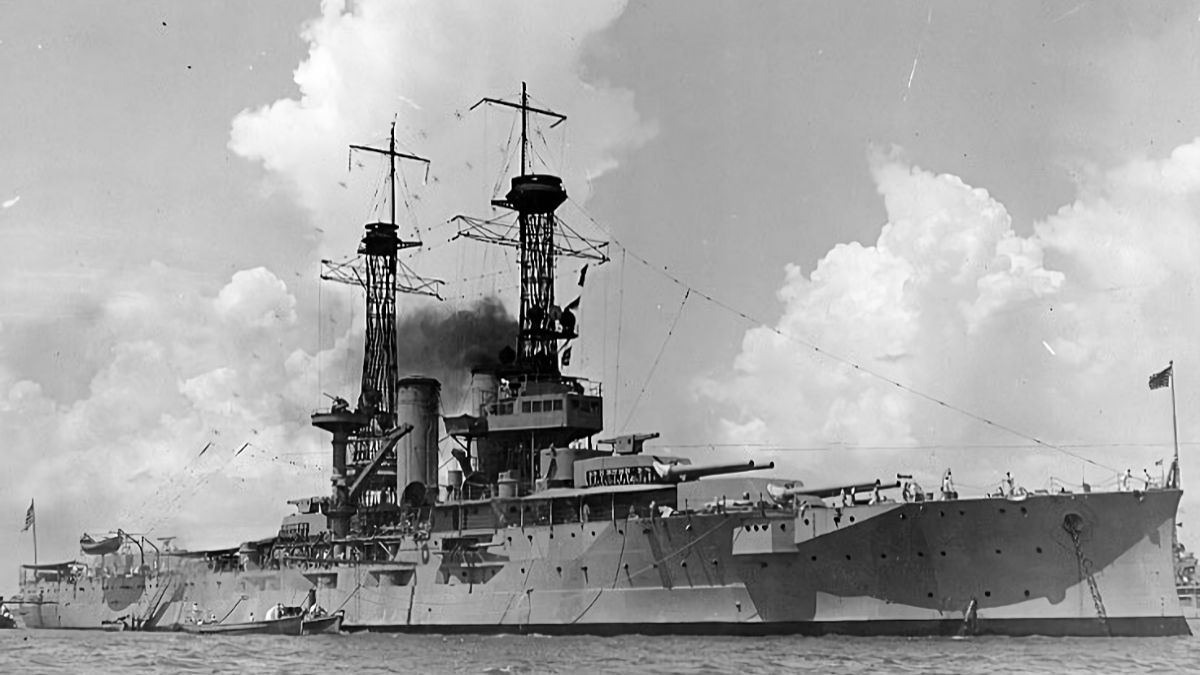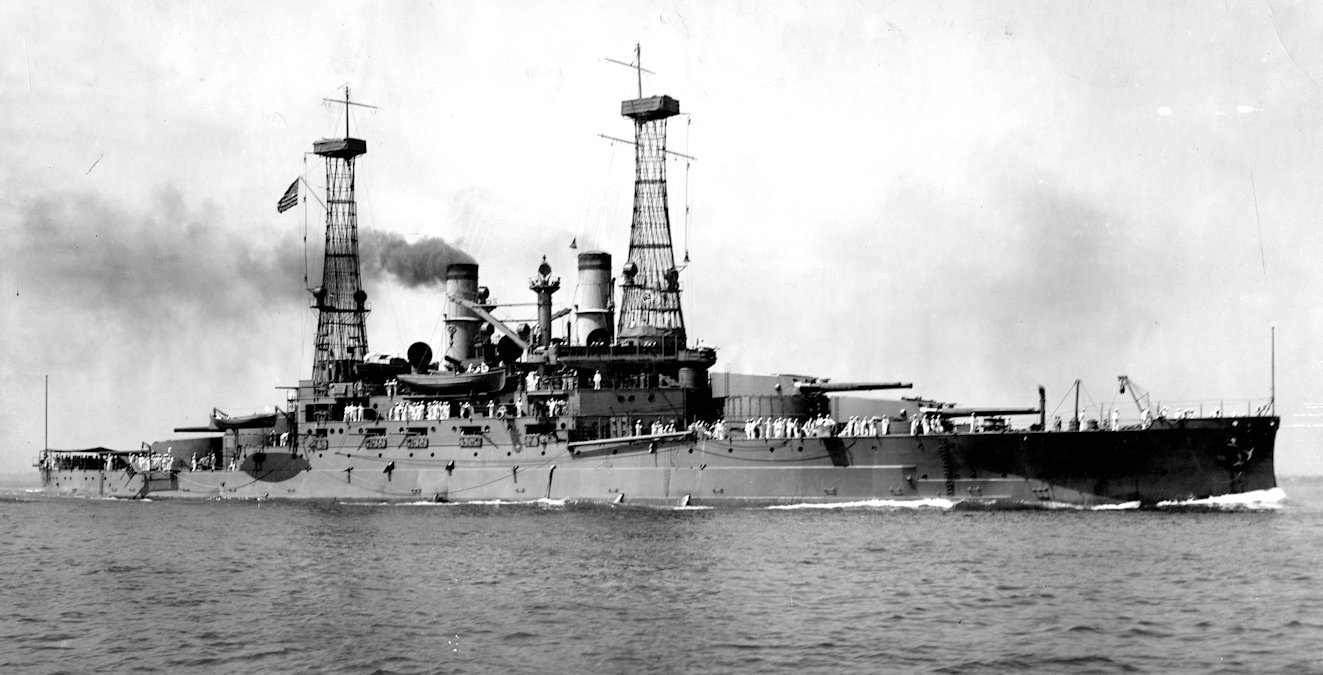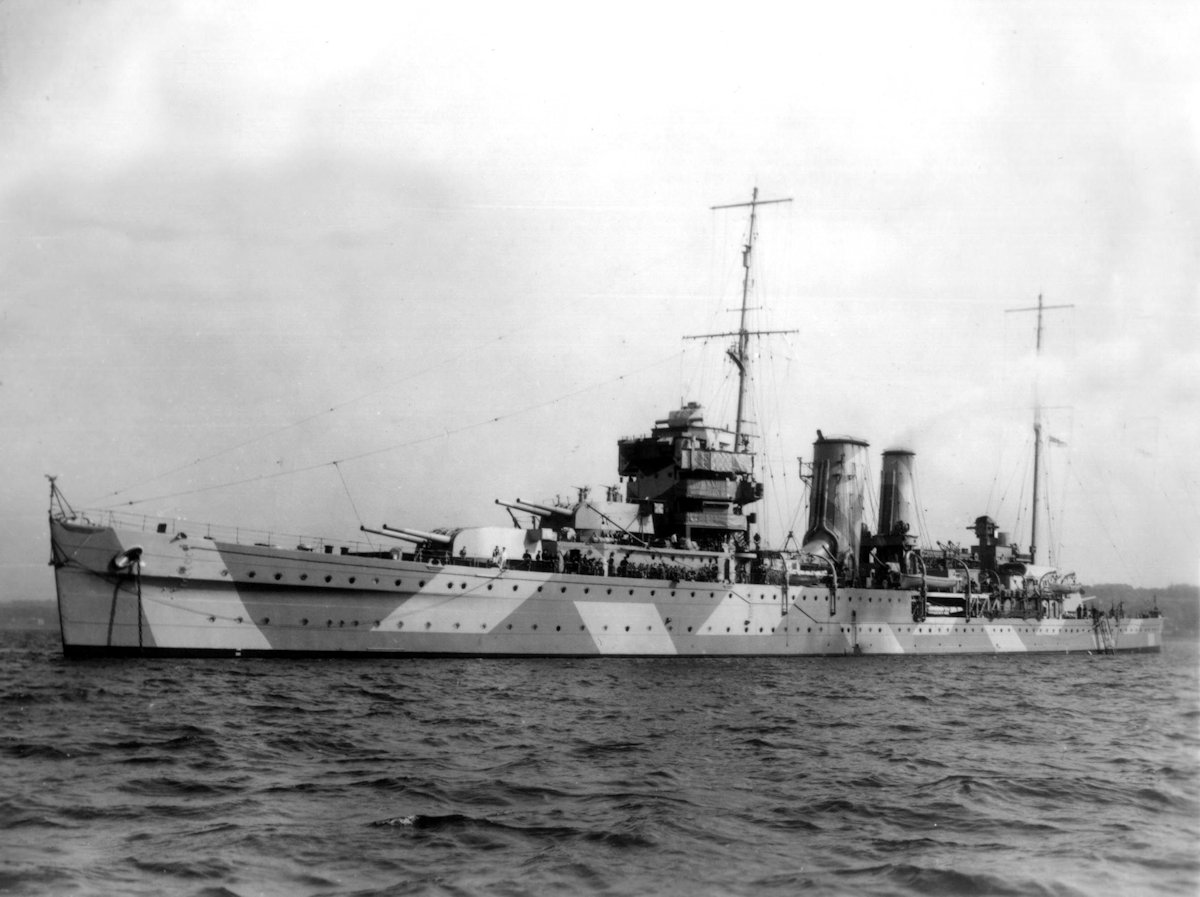Tag: naval
-
US Battleship USS Florida BB-30

US Battleship USS Florida BB-30 USS Florida (BB-30) was the lead ship of her class of dreadnought battleships for the US Navy. Launched on 12 May 1910, she was commissioned on 15 September 1911. During World War One, she was sent to reinforce the British Grand Fleet, where she undertook patrols of the North Sea… Read more
-
US Battleship USS South Carolina BB-26

US Battleship USS South Carolina BB-26 The lead ship of her class of dreadnought battleships for the US Navy, USS South Carolina (BB-26) was launched on 11 July 1908 and commissioned on 1 March 1910. The first dreadnought battleship built for the US Navy, she incorporated several revolutionary aspects, primarily the superfiring guns of her… Read more
-
British Heavy Cruiser HMS York

British Heavy Cruiser HMS York HMS York was a heavy cruiser of the York class, built for the Royal Navy in the late 1920s. She was the lead ship of her class, which also included HMS Exeter. The York class was base on the preceding County class cruisers, and designed to smaller and cheaper while… Read more